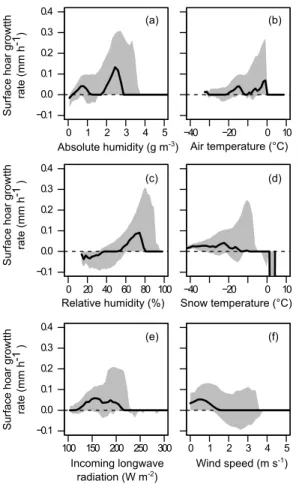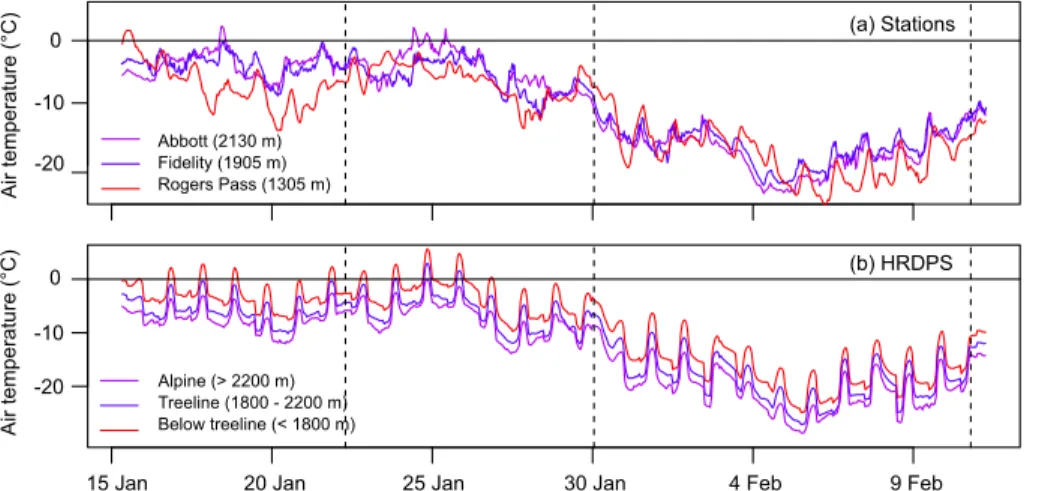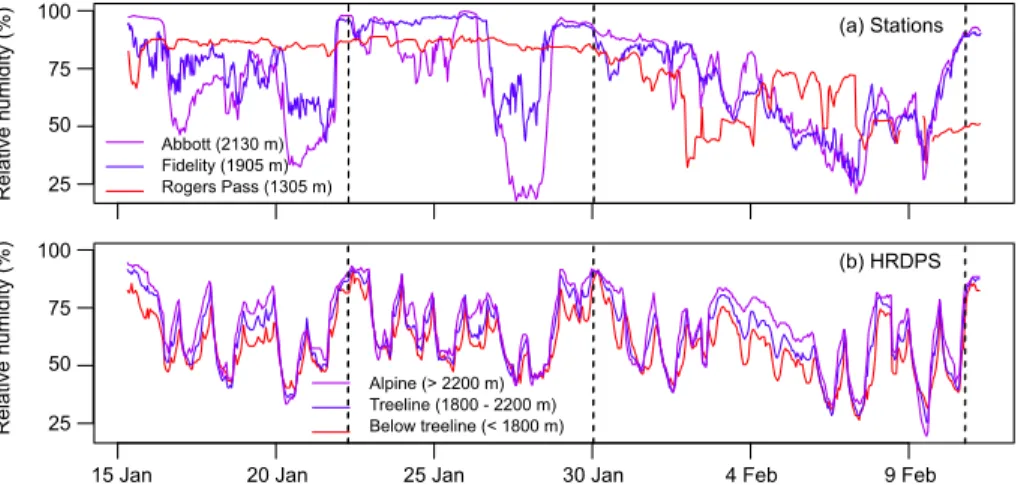Meteorological, elevation, and slope effects on surface hoar formation
Texto
Imagem




Documentos relacionados
Since the results of numerical weather prediction have not shown considerable sensitivity to the small changes of model parameters in the first 10 days, these forecasts may be
In the tiling approach, each tile has the same meteorological forc- ing, while the model prognostic variables (liquid water con- tent, surface temperature, snow cover) and
To evaluate the local model performance on the precipitation forecast, the simulated results were compared with data from local standard weather stations.. Figure 5 shows the
To evaluate the local model performance on the precipitation forecast, the simulated results were compared with data from local standard weather stations.. Figure 5 shows the
The interest has been driven by the success of advanced data assimilation methods in numerical weather prediction (Rabier, 2005), as well as by development of operational
An unexpected challenge tied to the numerical implemen- tation relates to terrain intersecting trajectories: while one would expect a decrease of the number of terrain
Inherent uncertainties in short-range quantitative precipitation forecasts (QPF) from the high-resolution, limited-area numerical weather prediction model DMI-HIRLAM
Specifically, we perform data assimilation and forecast experiments using the Typhoon Weather Re- search and Forecasting (TWRF) system at 45 km resolution on 11 typhoons (with a





